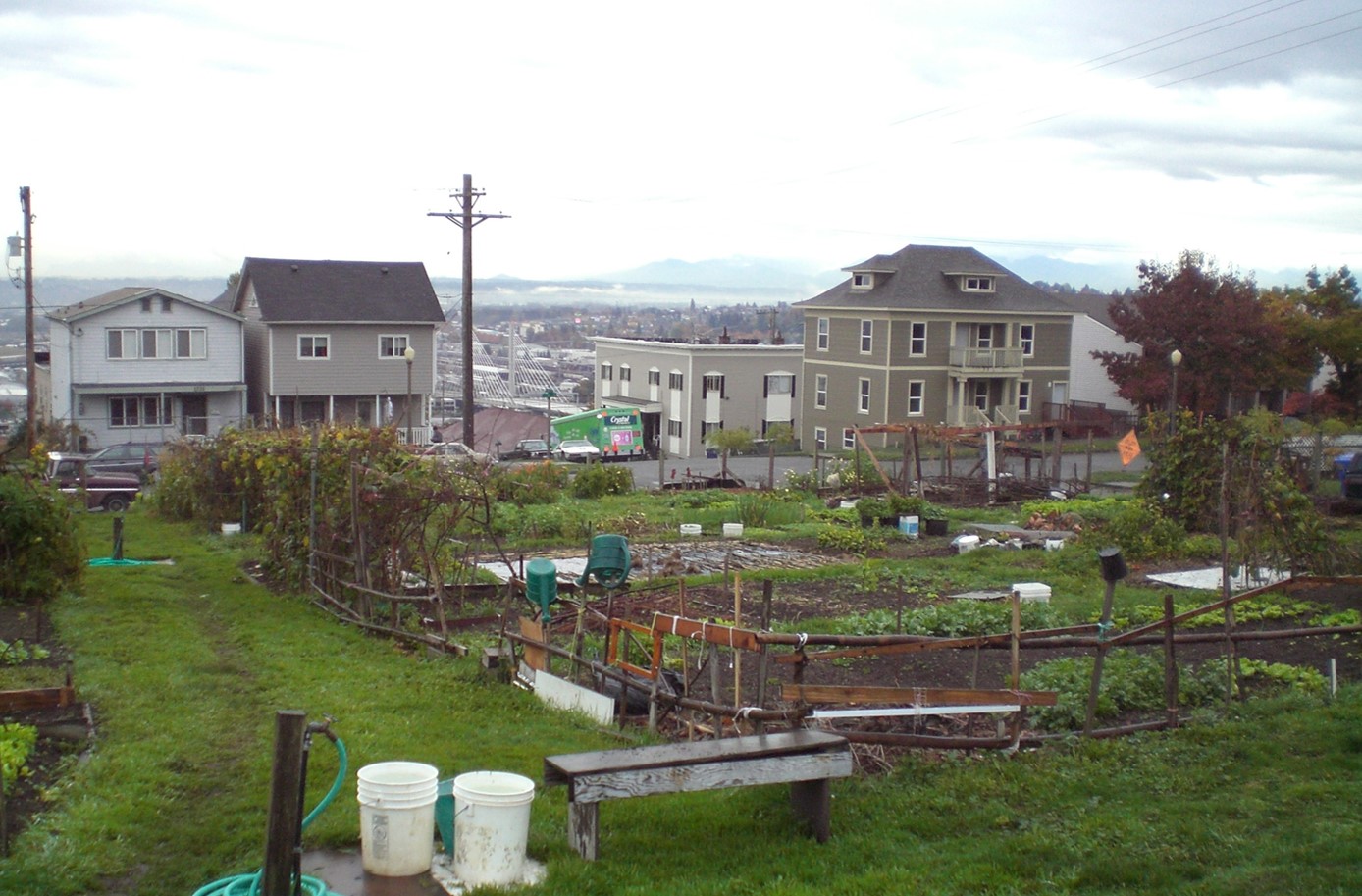Brownfields and Gardening
 It is apparent that most of the community gardening groups interested in gardening on brownfields are disproportionately located in urban areas and many of the sites selected as candidates for urban gardens are former residential lots. But even soils on former residential lots can contain contaminants, such as:
It is apparent that most of the community gardening groups interested in gardening on brownfields are disproportionately located in urban areas and many of the sites selected as candidates for urban gardens are former residential lots. But even soils on former residential lots can contain contaminants, such as:
- Lead (Pb) from the use of leaded paint and gasoline
- Arsenic (As) from the use of arsenate pesticides
- Cadmium (Cd) from uncontrolled burning of garbage and coal
- DDT (Dichlorodiphenyltrichloroethane) and chlordane used to spray along foundations for bugs. The use of DDT in the U.S. was banned in 1972 but it is very persistent in soils.
- PAHs (Polycyclic Aromatic Hydrocarbons) from incomplete combustion of carbon containing fuels (such as wood, coal and diesel)
- PCBs (Polychlorinated Biphenyls) from leaking transformers, capacitors and other electrical equipment. The use of PCBs in the U.S. was banned in 1979, but PCBs are persistent is soils.
- Asbestos from improper demolition or remodeling of structures. Debris from asbestos containing insulation materials, roofing shingles and floor tiles can contribute to asbestos in soils.
Lead is the most common contaminant in urban soils because of the historic use of leaded gasoline and lead-based paint. Lead concentrations in urban soils can be highly variable and within small areas can range from background concentrations of around 20 mg/kg to over 1,000 mg/kg (Cheng and Shaw, 2009). The most common range of lead in urban soils appears to be 200 to 300 mg/kg.
To be cognizant of the historic use and potential associated contaminants of a garden site and to act accordingly is a first step to a safe gardening experience. How can you find out about a property's history? This fact sheet will help.
How are Humans Exposed to the Contaminants?
All of the contaminants listed above share two important characteristics: they are strongly adsorbed to soil particles and, because of that, they are not readily taken up by plants. In other words, the concentrations of these contaminants in the above-ground edible portions of the vegetables would be very low. This all means that the primary way in which humans are exposed to the contaminants would be by direct consumption of soil. This may seem silly as people do not intentionally eat soil, but small and important amounts of soil can be ingested in a variety of ways. Small children often play in soil and then place their hands in their mouths, thus ingesting soil particles. People who consume unwashed and unpeeled root vegetables (potatoes, carrots, beets, radishes, etc.) also consume soil particles.